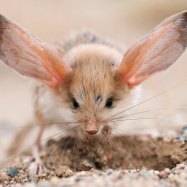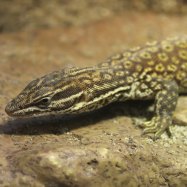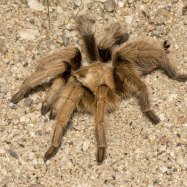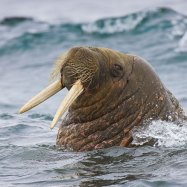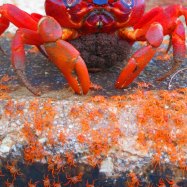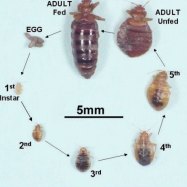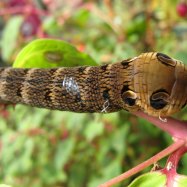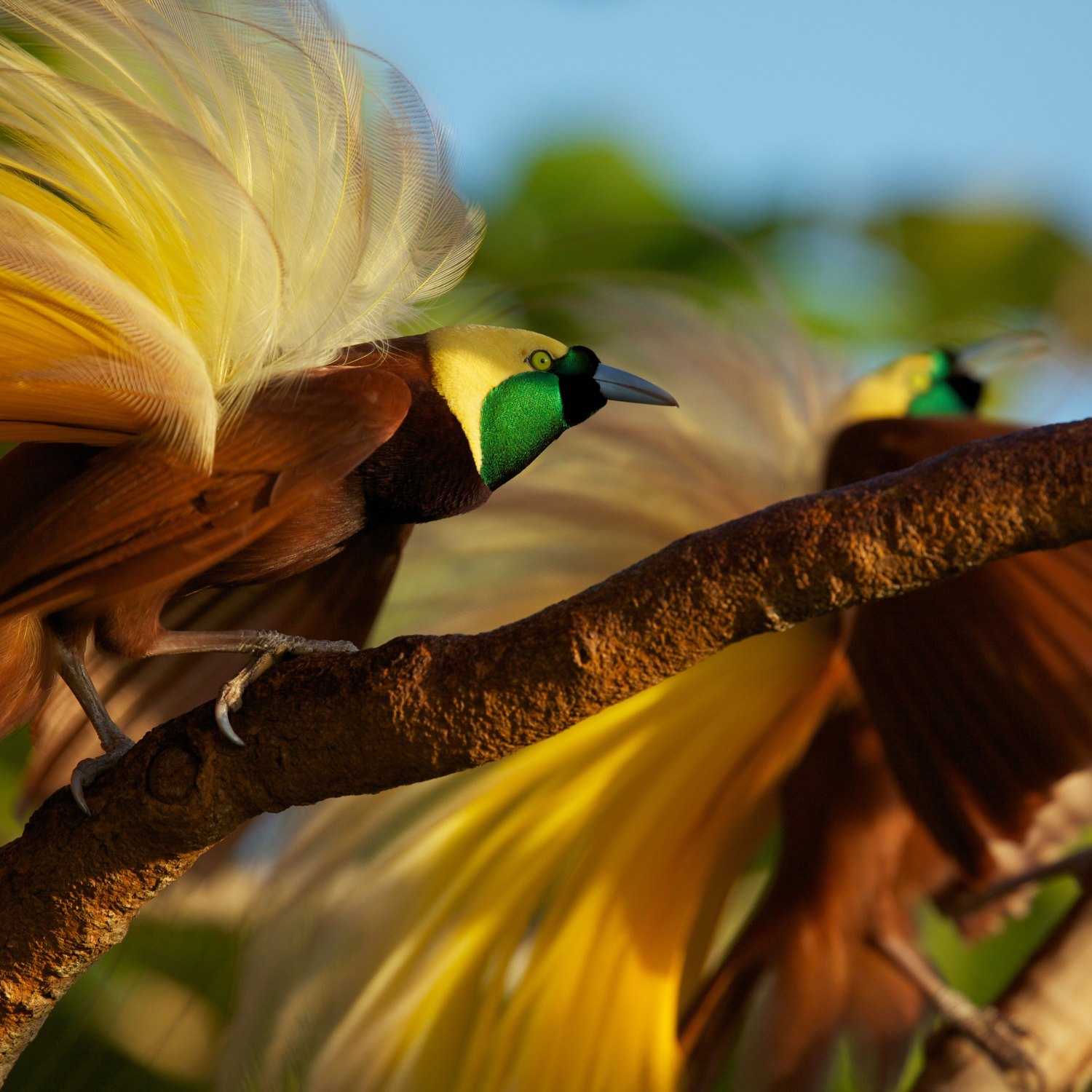
Bird Of Paradise
15 to 118 cm
Birds of Paradise, found in rainforests and tropical forests, have a medium-sized body with strikingly beautiful long tail feathers. With names like King of Saxony and Blue Bird of Paradise, they belong to the Paradisaeidae family and can grow up to 15-118 cm in length. Their vibrant colors and intricate mating rituals make them a must-see for any nature lover. #BirdsOfParadise #RainforestWonders #Paradisaeidae
Animal Details Summary:
Common Name: Bird Of Paradise
Kingdom: Animalia
Habitat: Rainforests and tropical forests
Bird Of Paradise: A Fascinating Avian Wonder
The animal kingdom is full of amazing creatures, and Birds of Paradise are no exception. These striking birds, with their vibrant plumage and unique courtship rituals, have captured the imagination of humans for centuries. From ancient tales to modern-day documentaries, people have been fascinated by these creatures and their elaborate displays. But what exactly makes Birds of Paradise so special? Let's take a closer look at these avian wonders and discover what makes them truly one of a kind Bird Of Paradise.The Basics of Birds of Paradise
What is a Bird of Paradise? Scientifically known as Paradisaeidae, the Bird of Paradise is a family of birds that belongs to the order Passeriformes. They are found in the rainforests and tropical forests of New Guinea, Australia, and some surrounding islands. The family includes 42 different species, each with its own unique characteristics and behaviors. They are closely related to crows and ravens, but their appearance and behaviors couldn't be more different.Their Habitat and Distribution
Birds of Paradise are mainly found in the dense canopies of the rainforests and tropical forests, making them hard to spot. However, their vibrant colors and loud calls can often give away their presence. They are known to inhabit a wide range of habitats, including montane, lowland, and swamp forests. Some species can also be found in secondary forests and gardens.These beautiful birds have a limited geographical distribution, with their primary range being in New Guinea and its surrounding islands Boston Terrier. Some species can also be found in northeastern Australia, particularly in the rainforests of Queensland. In fact, Birds of Paradise are considered an emblem of the island of New Guinea, where they are highly revered.
Feeding Habits of Birds of Paradise
Birds of Paradise are primarily frugivorous, which means they primarily feed on fruits. However, their diet also consists of insects, nectar, and small vertebrates. They use their strong, curved beaks to open fruit and their long tongues to extract nectar. Some species are also known to forage for insects in the dense foliage of the rainforests.Interestingly, these birds have evolved to have special digestive enzymes that allow them to consume toxic fruits. This adaptation has enabled them to have a varied and abundant food source, as many other animals cannot consume these toxic fruits.
Their Stunning Coloration and Body Shape
One of the most striking features of Birds of Paradise is their colorful plumage. They are known for their vibrant and beautiful feathers that come in a wide range of hues, including bright yellows, blues, purples, and reds. Each species has its distinct color pattern and displays unique iridescent colors, creating a mesmerizing sight.Apart from their colorful plumage, Birds of Paradise also have unique body shapes that make them stand out. They have a medium-sized body with a long tail and elongated central tail feathers, known as "tail wires." These tail feathers can reach up to three times the length of the bird's body, giving them an impressive appearance.
Their Fascinating Courtship Rituals
Aside from their appearance, the courtship rituals of Birds of Paradise are what truly sets them apart from other birds. Males of certain species have incredibly elaborate displays to attract a mate. These displays often involve extensive dancing, posing, and vocalizations, making it a visual and auditory spectacle.For example, the Ribbon-tailed Astrapia performs an elaborate display where it spread its iridescent tail feathers like a fan, revealing its dazzling colors. The Sicklebill, on the other hand, hangs upside down from a branch while singing and displaying its unique plumage. These displays can last for hours and require extensive energy and stamina from the males.
Their Country of Origin and Importance
Birds of Paradise are native to Indonesia and Papua New Guinea, making them an essential part of the culture and tradition of these countries. In Papua New Guinea, these birds symbolize fertility and are often used in traditional dances and celebrations. They are also highly regarded as a source of inspiration for art and craft, with their feathers being used to adorn ceremonial costumes and headdresses.These avian wonders have also become a significant source of ecotourism in Indonesia and Papua New Guinea. Every year, bird enthusiasts and nature lovers flock to these countries to catch a glimpse of these magnificent birds in their natural habitat. Tourist destinations, such as the Raja Ampat Islands in Indonesia, are prime spots for bird watching and provide economic benefits to the local communities.
Their Threats and Conservation Efforts
Unfortunately, like many other species, Birds of Paradise are facing threats to their survival. Habitat loss due to deforestation is a significant concern, as it reduces their food and breeding resources. These birds are also hunted for their impressive feathers, which are highly valued in the black market. Climate change also poses a threat, as it affects the birds' habitats and can cause population declines.To combat these threats and protect these birds, various conservation efforts are in place. Some organizations are working to preserve the birds' habitats and raise awareness about their importance. Others are focused on reducing illegal hunting and raising captive populations of endangered species. These efforts are crucial in ensuring that these magnificent birds continue to thrive for future generations to admire.
The Fascinating World of Birds of Paradise
In conclusion, Birds of Paradise are undoubtedly one of the most fascinating creatures in the animal kingdom. Their stunning appearance, unique behaviors, and cultural significance make them a true wonder of nature. From their vibrant plumage to their elaborate courtship rituals, these birds continue to captivate and inspire people worldwide. Let's hope that with continued conservation efforts, we can ensure that these avian wonders continue to thrive and enchant us for many years to come.

Bird Of Paradise
Animal Details Bird Of Paradise - Scientific Name: Paradisaeidae
- Category: Animals B
- Scientific Name: Paradisaeidae
- Common Name: Bird Of Paradise
- Kingdom: Animalia
- Phylum: Chordata
- Class: Aves
- Order: Passeriformes
- Family: Paradisaeidae
- Habitat: Rainforests and tropical forests
- Feeding Method: Frugivorous and insectivorous
- Geographical Distribution: New Guinea, Australia, and surrounding islands
- Country of Origin: Indonesia and Papua New Guinea
- Location: Rainforests and tropical forests
- Animal Coloration: Vibrant and colorful plumage
- Body Shape: Medium-sized with long tail feathers
- Length: 15 to 118 cm
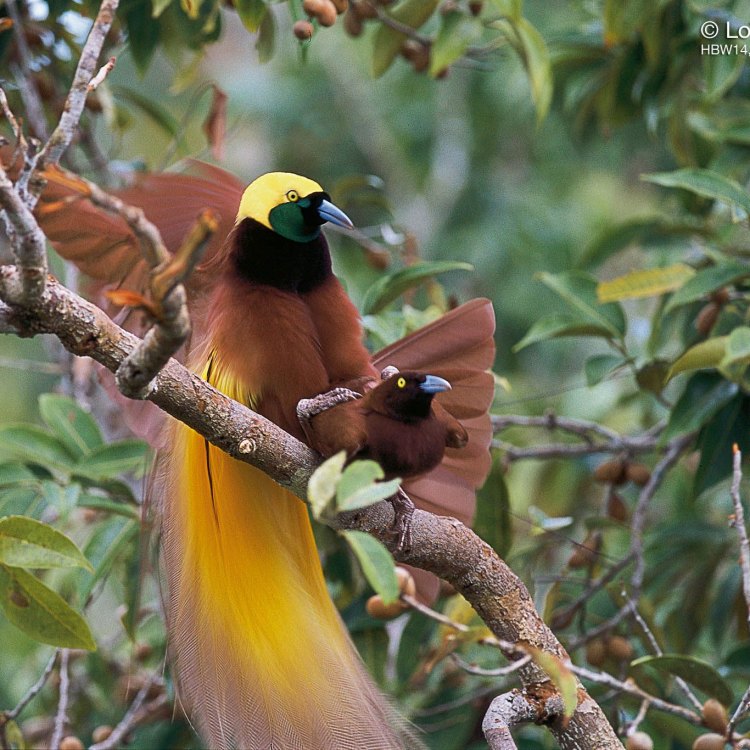
Bird Of Paradise
- Adult Size: Varies among species
- Average Lifespan: 5 to 10 years
- Reproduction: Sexual
- Reproductive Behavior: Complex courtship displays
- Sound or Call: Unique vocalizations and calls
- Migration Pattern: Some species engage in seasonal movements
- Social Groups: Solitary or lekking
- Behavior: Display elaborate courtship behaviors
- Threats: Habitat loss and poaching
- Conservation Status: Various conservation statuses depending on the species
- Impact on Ecosystem: Pollination of plants
- Human Use: Ornamental bird trade
- Distinctive Features: Elaborate plumage and courtship displays
- Interesting Facts: Birds of Paradise have some of the most elaborate and beautiful plumage in the bird world.
- Predator: Various predators depending on the species
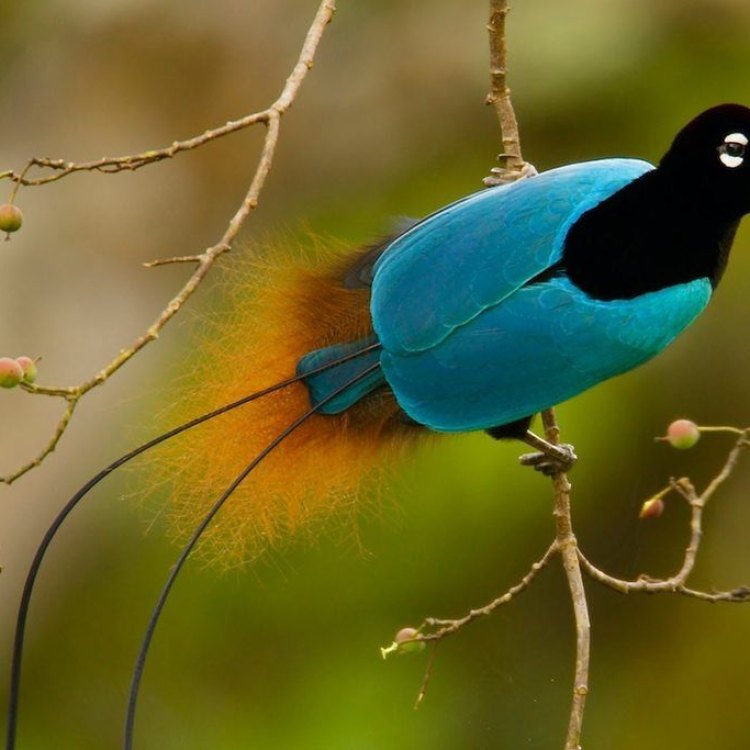
Paradisaeidae
The Alluring Bird of Paradise: A Fascinating Creature of Beauty and Mystery
When it comes to the world of birds, there is one species that stands out above the rest with its striking appearance and intriguing behaviors – the Bird of Paradise. These elegant creatures are native to the rainforests of New Guinea and its surrounding islands, with over 40 species spread out across the region. Their name is derived from the Latin word 'paradisaeidae', meaning "birds of paradise," and it is easy to see why. With their elaborate plumage and complex courtship displays, the Bird of Paradise is truly a sight to behold PeaceOfAnimals.Com.A Unique and Varying Species
One of the most remarkable things about the Bird of Paradise is the vast range of sizes and appearances among the different species. The smallest of these birds, the King Bird of Paradise, measures only about 6 inches long. In contrast, the Greater Bird of Paradise can reach up to 18 inches in length. The variety of colors and patterns on their feathers is also quite impressive, with shades of blue, green, yellow, and red creating a vibrant display. Each species has its distinct and stunning appearance, making it challenging to choose a favorite among them.The Complex Courtship Displays
One of the most intriguing aspects of the Bird of Paradise is their unique reproductive behaviors, particularly in their elaborate courtship displays. These displays involve males showcasing their plumage and performing mesmerizing dances to attract females. The coordination and precision in these displays are astounding, with some birds even building intricate structures on the forest floor as part of their courtship ritual. These displays can last for hours, and each species has its unique set of behaviors and movements, making it a fascinating sight to observe Box Headed Blood Bee.Sounds of Paradise
Aside from their stunning appearance and mesmerizing dances, the Bird of Paradise also has a distinctive sound. Each species has its unique vocalizations and calls, ranging from grunts and screeches to melodious whistles and chirps. These sounds play a crucial role in attracting mates and defending territories. Some species are also known to mimic the calls of other birds to confuse predators. These bird songs are not only beautiful to hear but also add to the overall mystique of the Bird of Paradise.Seasonal Movements and Social Groups
While some species of Bird of Paradise remain in one area throughout the year, others engage in seasonal movements. This involves flying to different parts of New Guinea in search of food and suitable habitats. These movements are essential for maintaining the health of the species, preventing overcrowding in one area and spreading their pollination efforts. As for their social groups, some species are solitary, while others engage in a unique behavior called 'leking'. Lekking involves males gathering in a designated area to display and attract females, creating a truly stunning visual display.Threats and Conservation
As with many other species in the rainforests, the Bird of Paradise faces threats from habitat loss and poaching. Deforestation and the illegal pet trade have caused a decline in some species, while others face extinction. However, efforts are being made to conserve and protect these birds, with various conservation statuses for each species depending on their population and conservation needs. Education and awareness about the importance of preserving their habitats are crucial steps in protecting the Bird of Paradise and other wildlife in the region.The Impact of Paradise
Aside from their undeniable beauty and charm, the Bird of Paradise also plays a significant role in the ecosystem. As they fly from flower to flower, these birds aid in the cross-pollination of plants, vital for maintaining the health and diversity of the rainforest. They also help control insect populations by feeding on them, contributing to the balance of the ecosystem. Therefore, preserving the Bird of Paradise and its habitat is not only essential for the species itself but also for the overall well-being of their ecosystem.Human Use and Distinctive Features
One of the unique challenges the Bird of Paradise faces is human exploitation. Due to their stunning appearance, these birds are highly sought after for the ornamental bird trade. This demand has caused a decline in some species' populations and has even led to some being listed as endangered. It is a reminder that while we may admire these birds' beauty, we must also recognize the harm our actions can have on their populations. The Bird of Paradise's distinctive and elaborate plumage and courtship displays are what make them such a desirable species, but it is essential to remember that these features are also vital for the species' survival.Interesting Facts
There is no denying that Birds of Paradise are fascinating creatures, but here are a few more interesting facts about them that make them even more intriguing:- Male birds take up to seven years to reach their full adult plumage, making their courtship displays even more impressive.
- The Superb Bird of Paradise is known for its unique shape-shifting abilities, changing the shape of its feathers to create different-looking birds.
- Some species, such as the Magnificent Bird of Paradise, have feathers that reflect UV light, making them appear even more vibrant in the rainforest.
- The female Bird of Paradise chooses her mate based on the quality of his courtship display and the appearance of his plumage.
Predators of Paradise
As with any other species, Birds of Paradise also face predation. Different predators pose a threat to these birds, ranging from snakes and birds of prey to humans. Some species have even adapted to protect themselves by building their nests deep in the forest, making it challenging for predators to find them. However, the ever-increasing human presence in their habitats means that these birds must constantly adapt to survive in their rapidly changing environment.In Conclusion
The Bird of Paradise is a creature that captures our imagination and leaves us in awe with its beauty and behaviors. From their stunning appearances and mesmerizing courtship displays to their vital role in the ecosystem, these birds are truly a unique and irreplaceable species. However, they also face threats that require immediate action to protect them and their habitats. It is only through education, awareness, and conservation efforts that we can ensure these birds continue to enchant us for generations to come. After all, the paradise they create is one we must strive to preserve.
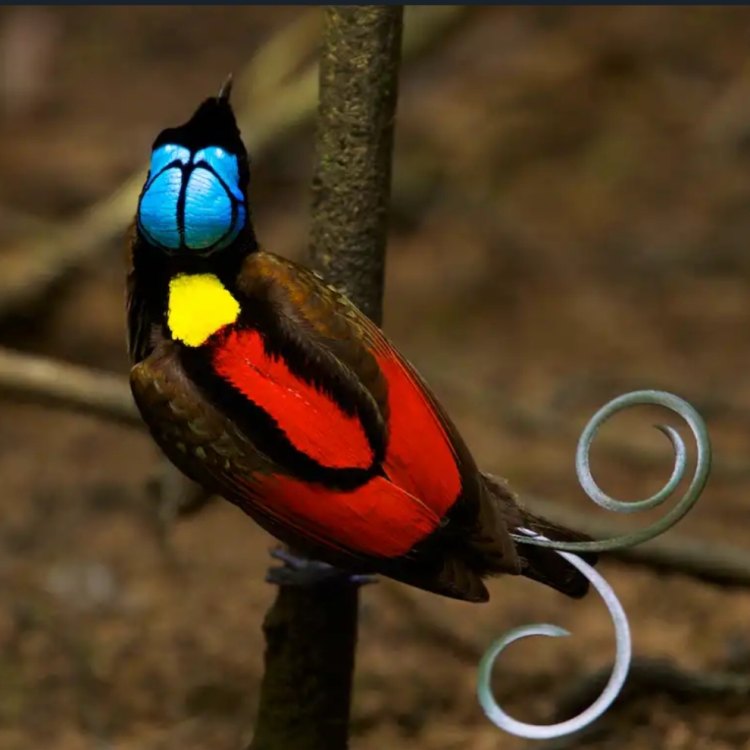
Bird Of Paradise: A Fascinating Avian Wonder
Disclaimer: The content provided is for informational purposes only. We cannot guarantee the accuracy of the information on this page 100%. All information provided here may change without prior notice.

